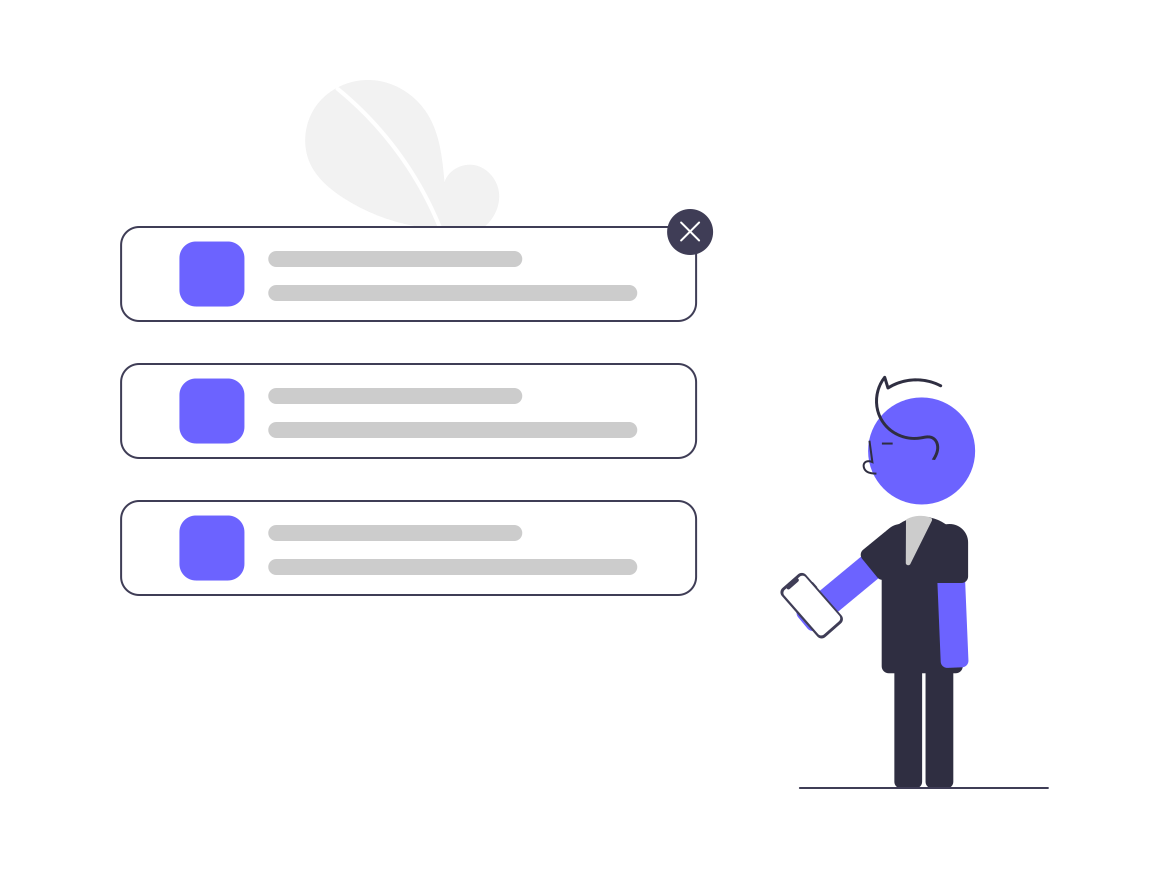In today’s fast-paced digital landscape, businesses are constantly seeking innovative ways to connect with their customers. One of the most powerful tools at their disposal is predictive analytics powered by artificial intelligence (AI). By anticipating customer needs and preferences, AI-driven predictive analytics transforms raw data into actionable insights, enabling businesses to offer personalized experiences that resonate with their audience.
The Power of Predictive Analytics in Personalization
Predictive analytics uses historical data, machine learning algorithms, and statistical techniques to predict future outcomes. When applied to customer data, these predictions help businesses understand their customers’ behavior and anticipate their needs. This foresight is crucial for creating personalized marketing campaigns, improving customer service, and enhancing overall customer satisfaction.
How AI Enhances Predictive Analytics
Artificial intelligence significantly boosts the capabilities of predictive analytics. Here are several ways AI enhances this process:
-
Data Processing at Scale: AI can analyze vast amounts of data from various sources such as social media, CRM systems, and website interactions. This comprehensive analysis helps in identifying patterns and trends that would be impossible for humans to discern.
-
Real-Time Analysis: AI-driven systems can process data in real-time, providing immediate insights into customer behavior. This enables businesses to respond swiftly to changing customer needs and market conditions.
-
Machine Learning Algorithms: Machine learning algorithms improve over time as they are exposed to more data. These algorithms can predict customer behavior with increasing accuracy, making personalization efforts more effective.
-
Natural Language Processing (NLP): NLP allows AI to understand and interpret human language, enabling the analysis of text data from emails, social media posts, and customer reviews. This helps in understanding customer sentiment and preferences more deeply.
Implementing Predictive Analytics for Personalization
To leverage predictive analytics for personalization, businesses need to follow a structured approach:
-
Data Collection and Integration: Collect data from multiple sources such as customer interactions, purchase history, and social media activity. Integrate this data into a centralized system for comprehensive analysis.
-
Define Objectives: Clearly define what you want to achieve with predictive analytics. Objectives could range from improving customer retention rates to increasing sales through personalized recommendations.
-
Choose the Right Tools: Utilize advanced AI-powered tools and platforms that offer predictive analytics capabilities. These tools should be able to handle large datasets and provide real-time insights.
-
Model Building and Training: Develop predictive models using machine learning algorithms. Train these models with historical data to improve their accuracy in predicting future customer behavior.
-
Implement and Monitor: Deploy the predictive models in your marketing and customer service strategies. Continuously monitor their performance and make adjustments as needed to enhance their effectiveness.
Benefits of Predictive Analytics in Personalization
-
Enhanced Customer Experience: By anticipating customer needs, businesses can offer personalized recommendations, promotions, and content that resonate with individual preferences, thereby enhancing the overall customer experience.
-
Increased Customer Loyalty: Personalized experiences foster a deeper connection between the customer and the brand. This increased engagement often leads to higher customer loyalty and retention rates.
-
Optimized Marketing Efforts: Predictive analytics enables marketers to target the right audience with the right message at the right time. This targeted approach increases the efficiency and effectiveness of marketing campaigns.
-
Revenue Growth: Personalized experiences drive higher conversion rates and average order values, contributing to increased revenue. Businesses can identify upsell and cross-sell opportunities by understanding customer preferences and behavior.
Real-World Applications of Predictive Analytics
Several industries have successfully implemented predictive analytics to enhance personalization:
-
Retail: Retailers use predictive analytics to analyze customer purchase history and browsing behavior. This helps them provide personalized product recommendations and tailor marketing campaigns to individual customers.
-
Healthcare: In healthcare, predictive analytics is used to anticipate patient needs, personalize treatment plans, and improve patient outcomes. For instance, AI can predict which patients are at risk of developing certain conditions and suggest preventive measures.
-
Finance: Financial institutions use predictive analytics to understand customer spending patterns, detect fraudulent activities, and offer personalized financial advice and products.
-
Travel and Hospitality: Predictive analytics helps travel companies and hotels anticipate customer preferences, providing personalized travel recommendations and enhancing the customer experience through tailored services.
Challenges and Considerations
While predictive analytics offers significant benefits, businesses must address certain challenges:
-
Data Privacy: Ensuring customer data privacy and compliance with regulations such as GDPR is crucial. Businesses must implement robust data security measures and be transparent about data usage.
-
Data Quality: The accuracy of predictive models depends on the quality of data. Businesses need to ensure that their data is clean, complete, and up-to-date.
-
Integration Complexity: Integrating data from multiple sources can be complex. Businesses need to invest in the right technology and expertise to ensure seamless data integration.
-
Continuous Improvement: Predictive models need to be continuously monitored and updated to maintain their accuracy. Businesses should be prepared to invest in ongoing model training and refinement.
Conclusion
AI-powered predictive analytics is revolutionizing how businesses understand and interact with their customers. By anticipating customer needs and preferences, businesses can create personalized experiences that drive engagement, loyalty, and revenue growth. As technology continues to evolve, the potential of predictive analytics in personalization will only expand, offering even more opportunities for businesses to connect with their customers in meaningful ways.


